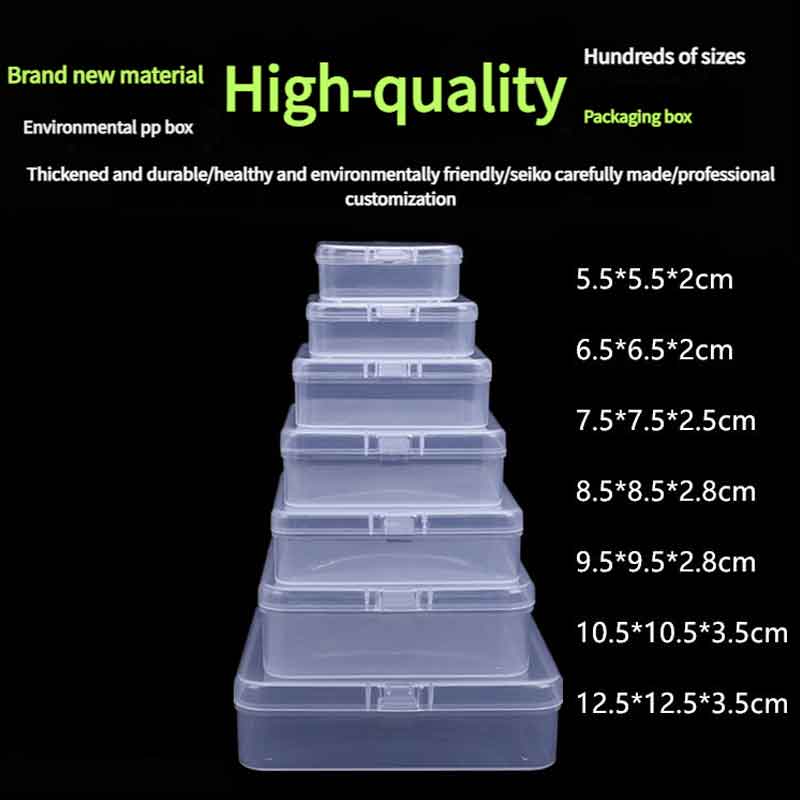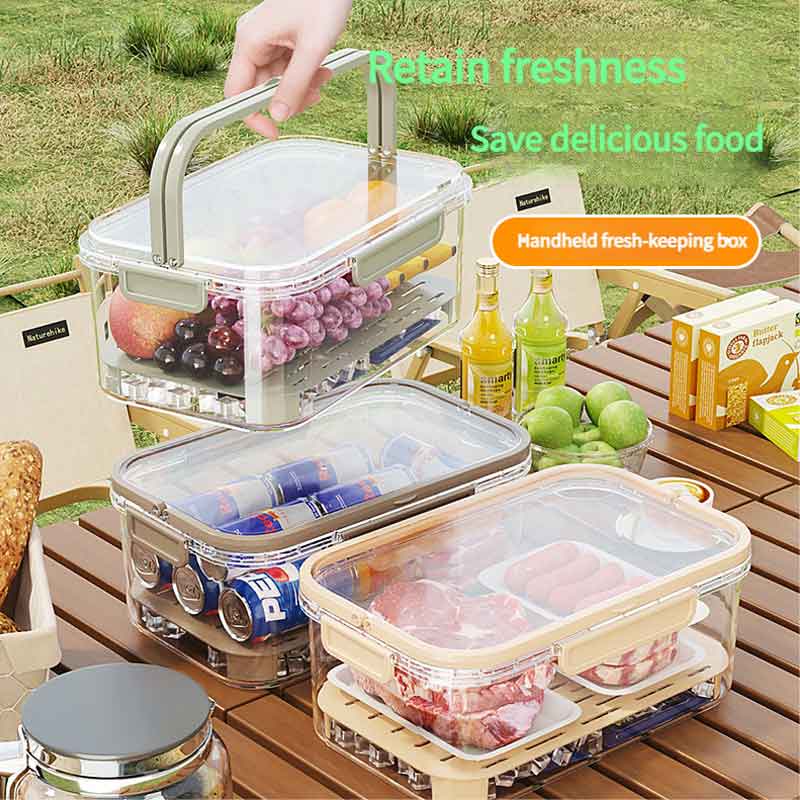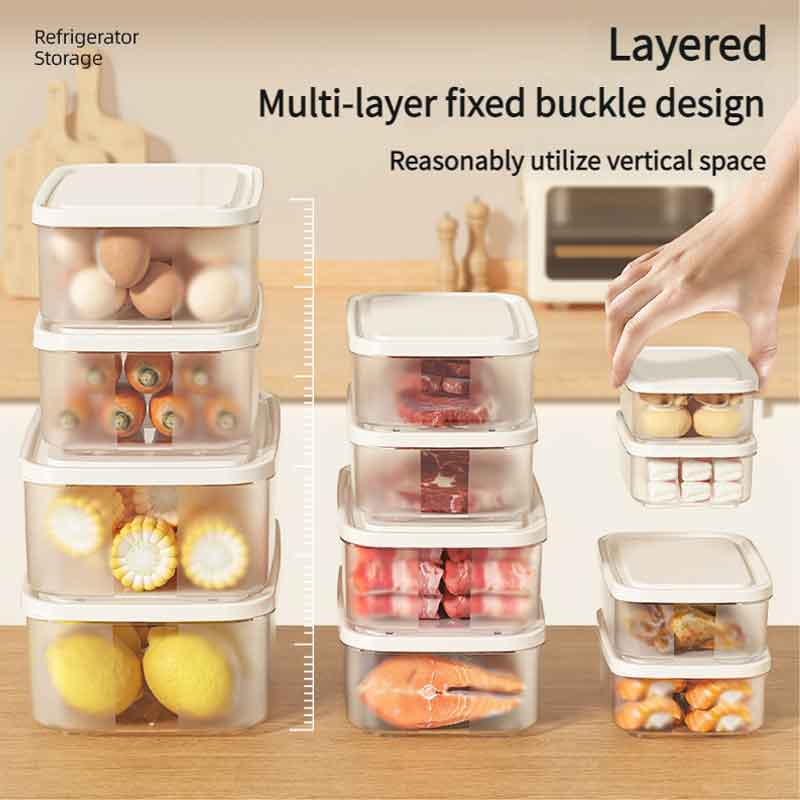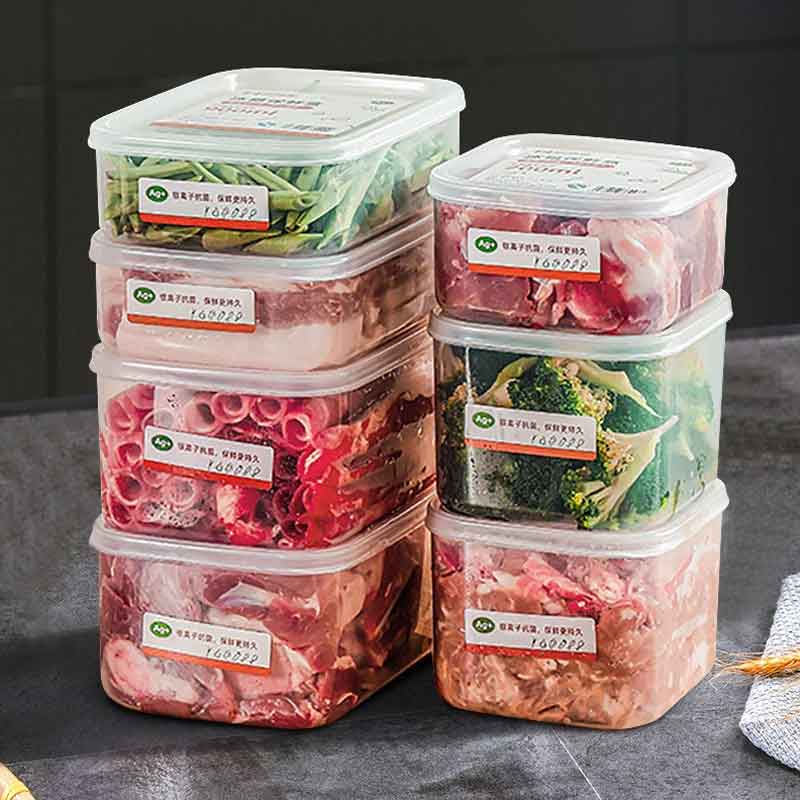From China to Global: Smart MOQ Negotiation Tactics for Bulk Plastic Containers
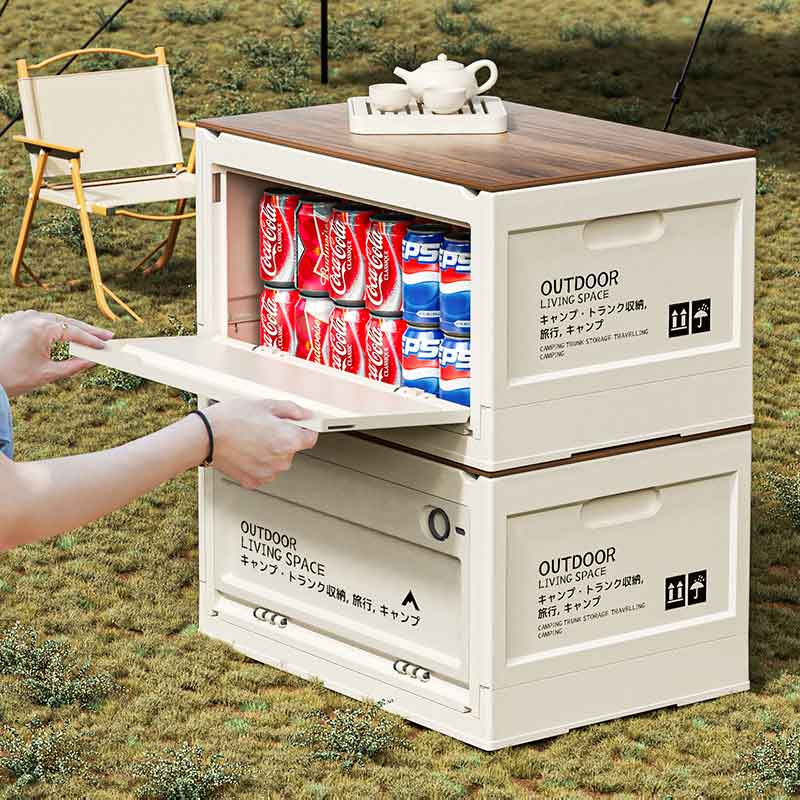
Landing competitive Minimum Order Quantities (MOQs) for plastic containers from Chinese suppliers can make or break your import business. While a factory’s standard MOQ might seem rigid—often 500–3,000+ units for customized items—experienced buyers know flexibility is achievable through strategic negotiation. Here’s how to secure lower volumes without sacrificing quality or trust.
Why Suppliers Insist on High MOQs (It’s Not Just Profit)
Suppliers prioritize MOQs to offset production setup costs, minimize per-unit expenses, and maintain efficient workflows. For example:
Customization costs: New molds, logo printing (OEM), or unique packaging require upfront investment. A 3,000-unit MOQ ensures these costs are amortized.
Inventory risk: Factories avoid storing slow-moving goods. Small orders increase their storage costs and liability.
Production efficiency: Running smaller batches disrupts scheduling. A container producer might require 500+ units to justify machine calibration time.
Step 1: Prepare to Negotiate (Your Leverage Starts Here)
Research market-aligned pricing:
Collect quotes from 5+ suppliers (factories and trading companies) on Alibaba or Global Sources. Compare unit prices, MOQs, and payment terms.
Note: Factories often offer better bulk pricing; traders provide lower MOQs but higher per-unit costs.
Define your “walk-away” thresholds:
Calculate your ideal, acceptable, and maximum MOQ/price. Example: Ideal=300 units, Acceptable=500, Maximum=800.
Step 2: The 5 Tactics That Unlock Lower MOQs
→ Tactic 1: Frame Small Orders as “Quality Verification”
Position initial low-volume orders as tests for long-term partnerships:
*“We need 300 units first to validate your production quality and packaging durability for our key specs [X, Y, Z]. If performance meets standards, our next order will be 1,500+ units monthly.”*
Why it works: Shifts focus from “low volume” to “low risk for future volume.”
→ Tactic 2: Address the Supplier’s Pain Points
Offer higher per-unit prices: Pay 10–30% more per unit for 30–45% lower MOQs.
Split setup fees: Propose sharing mold or logo customization costs.
Commit to faster payments: Wire full payment upfront or shorten deposit deadlines.
→ Tactic 3: Leverage Timing and Competition
Mention competing quotes: “Supplier B agreed to 500 units. Can you match or improve this?”
Order near month/quarter-end: Sales teams scramble to hit targets and may accept marginal deals.
→ Tactic 4: Bundle Products or Adjust Specifications
Combine SKUs: Order 200 units of two container styles instead of 500 of one.
Relax customization demands: Use stock colors (e.g., blue/gray) instead of custom hues to reduce setup.
→ Tactic 5: Draft a Purchase Order (Show Serious Intent)
Formalize your offer even before final agreement. A PO signals commitment and nudges suppliers to counter—not reject.
Step 3: Secure Wins Beyond MOQ
Sample smartly: Order 10+ samples (paid if needed) to test quality and gauge market response via platforms like Amazon or eBay.
Use Trade Assurance: For orders <$5,000, Alibaba’s program protects against non-delivery.
Clarify logistics early: Avoid EXW terms (you pay hidden freight). Push for FOB to control shipping costs.
Pro Tip: Never say: “We’re new to this” or “Our budget is tight.” Suppliers interpret this as inexperience and may inflate prices.
When All Else Fails: The Backup Plan
If a supplier won’t budge:
Start with small traders: Accept higher prices temporarily.
Scale to factories later: Use initial sales data to justify larger MOQs.
The bottom line: MOQ negotiation isn’t about winning—it’s about aligning incentives. Suppliers need profit security; you need volume flexibility. Bridge this gap, and you’ll unlock China’s bulk plastic container market without overstocking or overpaying.
